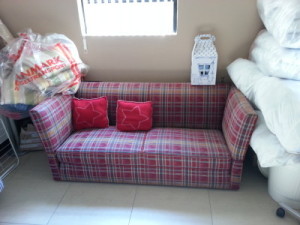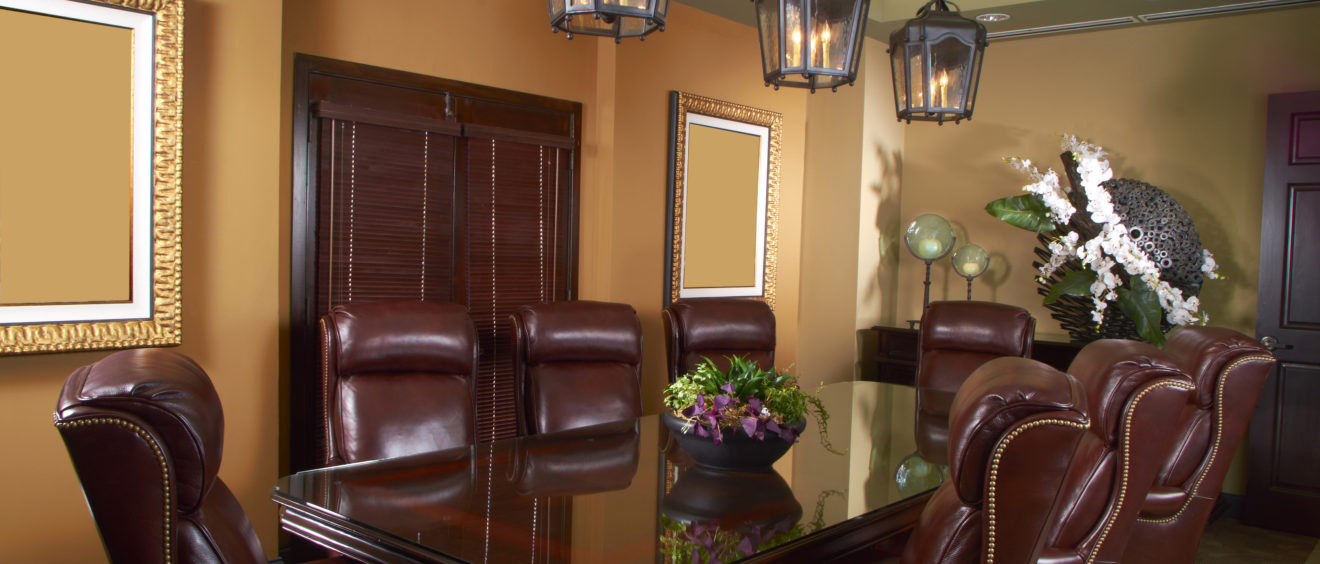Improving your space with a Born Chesterfield and De Lende
Furniture in the right colours and textures are always great to improve your space. However, finding a way to bring the room together can be a time consuming and not always a successful venture. Luckily, we are always on the lookout for something different to ensure opulence in your space. We at Born Furniture suggests a De Lende paired with your Chesterfield. One of De Lende’s fine-art photographs can take your room to the next level.
Born Furniture is proud to announce that we are collaborating with photographer Koos van der Lende to help you uplift your living space into something unusual. De Lende is a leading South African landscape fine art photographer. After completing his studies at the School of Photography in The Hague, Netherlands, he returned to Southern Africa where his passion for photography was born. Having spent the last 29 years devoted to his vision, he has now completely abandoned the studio for the outdoors where he spends most of his year photographing series of limited edition Fine Art Pieces also featured in sought after magazines. De Lende often gets commissioned by the South-African Post Office for their limited edition stamps.
Working from Pretoria, South Africa, he mostly shoots in panoramic format using the film and darkroom processing techniques. Typically, De Lende’s pictures blend natural and artificial lighting sources, with minimal intervention afterwards. The De Lende prints meet international art standards. Furthermore, these artworks are Giclée prints on fine-art paper to achieve superior archival quality.
By pairing a genuine Born furniture chesterfield sofa with a De Lende photograph you create an opulent visual experience in your space. After choosing your Chesterfield sofa, it is time to hand-pick your leather. We suggest a Timberland Rosewood skin or a full grain Whiskey Pull-up leather to compliment the hues in the art piece. If you feel a little more adventurous you can always go for a Midnight Ocean, Self healing Ruby Red or even a Born Forrest Green.
Another extraordinary piece to have in your midst, is De Lende’s coffee table book “Moments of Grace”. Moments of Grace is a majestic collection of De Lende’s photographs, documenting a decade of intimate work to unveil the secret landscapes of Africa. A perfect conversation starter amongst friends that also enjoy the finer things in life.
We have the “Mozambique, Niassa, Aloe, Mawii” De Lende photograph on display in our showroom. For viewing this fine art masterpiece, or if you’d like to talk to us about pairing it with one of our Chesterfield sofa’s. please feel free to contact us for an appointment.



























